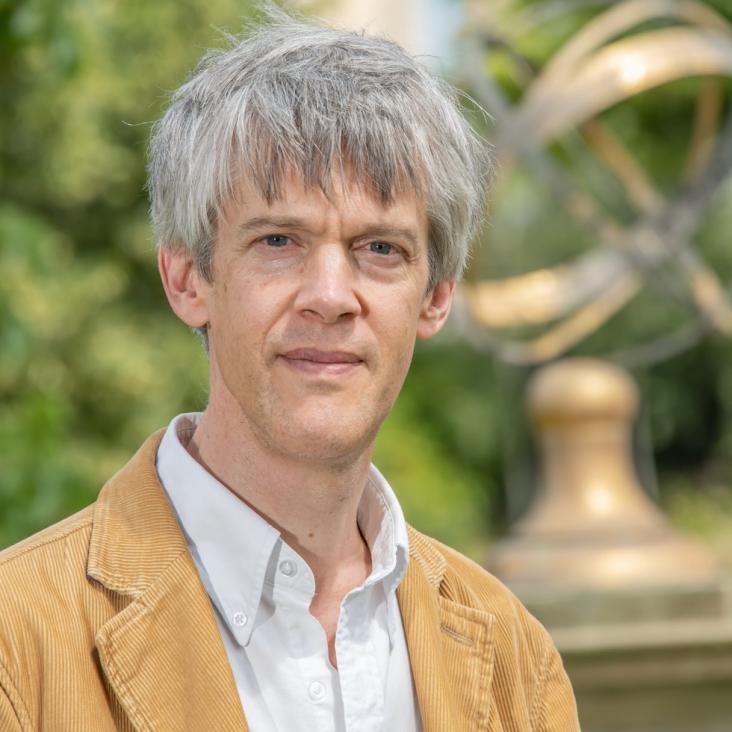An Independent Chronology for British Bronze Age Metalwork: The Results of the Oxford Radiocarbon Accelerator Programme
Archaeological Journal Taylor & Francis 154:1 (1997) 55-107
An Experiment to Refute the Likelihood of Cellulose Carboxylation
Radiocarbon Cambridge University Press (CUP) 40:1 (1997) 59-60
Abstract:
An Ion Source for the HVEE 14C Isotope Ratio Mass Spectrometer for Biomedical Applications
Radiocarbon Cambridge University Press (CUP) 40:1 (1997) 283-288
Abstract:
Imaging of radiocarbon-labelled tracer molecules in neural tissue using accelerator mass spectroscopy (vol 383, pg 823, 1996)
NATURE 390:6657 (1997) 315-315
Methodological Issues in the 14C Dating of Rock Paintings
Radiocarbon Cambridge University Press (CUP) 40:1 (1997) 35-44


